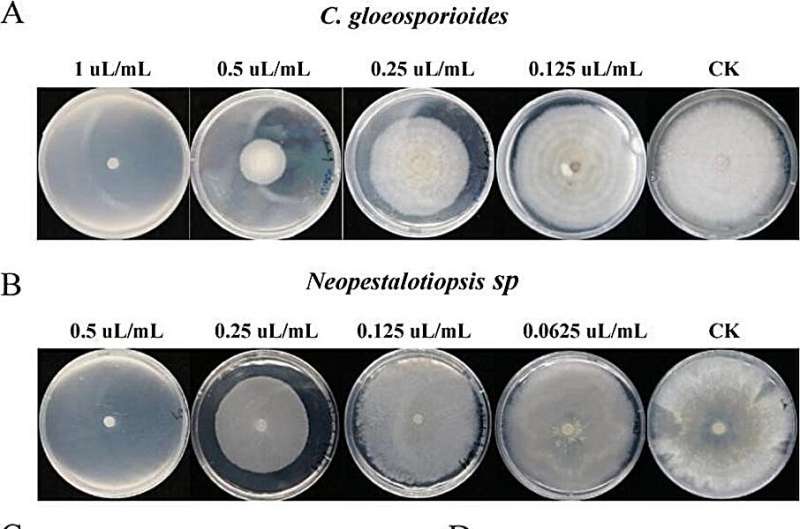Unlocking the secrets of geraniol: A key to enhanced disease resistance in tea plants

Geraniol contributes to the floral scent of tea (Camellia sinensis) and is abundant in tea plants, yet its biosynthesis and role in stress responses remain unclear.
Although research has identified some mechanisms of defense against pathogens in tea plants, including the release of volatile compounds like geraniol, the specific enzymes for geraniol synthesis and its physiological functions are not fully understood. Moreover, the potential regulatory role of alternative splicing in geraniol formation and stress response is an unexplored area, indicating a significant gap in current tea plant research.
In September 2023, Horticulture Research published research titled "."
In this study, the researchers found that full-length terpene synthase (CsTPS1) and its alternative splice isoform (CsTPS1-AS) encode proteins that catalyze the formation of geraniol in vitro using GPP as a substrate, whereas the expression of CsTPS1-AS was significant increase upon infection by C. gloeosporioides and Neopestalotiopsis sp.
Utilizing gene expression analysis and geraniol accumulation data from the Tea Plant Information Archive, the team pinpointed CsTPS1 among eight candidates as a key player in geraniol biosynthesis, validated by gene expression studies in pathogen-infected plants. Geraniol content and disease resistance of tea trees were compared when silencing CsTPS1 and CsTPS1-AS.
Down-regulation of CsTPS1-AS expression reduced geraniol accumulation, and silenced tea trees were more susceptible to pathogen infection compared to control plants. However, there were no significant differences in geraniol content and pathogen resistance between CsTPS1-silenced plants and control plants in tea trees infected with both pathogens.
Further analysis showed that CsTPS1-AS silencing resulted in reduced expression of tea tree defense-related genes PR1 and PR2 and SA pathway-related genes, which increased the susceptibility of tea trees to pathogen infection. Additionally, geraniol exhibited dose-dependent antifungal activity in vitro, and the distinct subcellular localization of CsTPS1 and CsTPS1-AS suggests varied functional roles.
Both in vitro and in vivo findings indicated that CsTPS1 was involved in the regulation of geraniol formation and plant defense in tea trees through alternative splicing.
Overall, this study illuminates the critical function of CsTPS1-AS in mediating geraniol biosynthesis and pathogen resistance, offering novel insights into the intricate defense strategies of tea plants and the role of AS in plant-pathogen interactions.
More information: Hao Jiang et al, A geraniol synthase regulates plant defense via alternative splicing in tea plants, Horticulture Research (2023).
Provided by NanJing Agricultural University



















